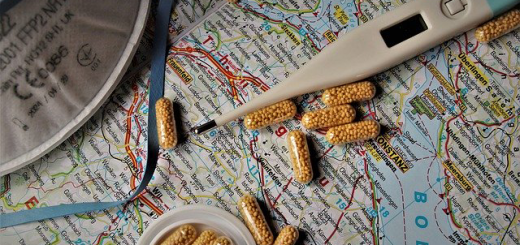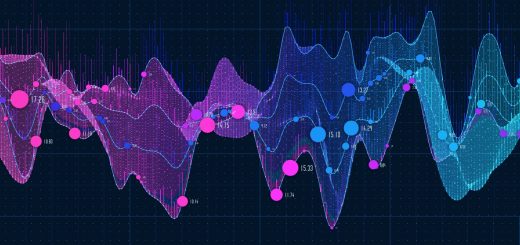Coronavirus: a weekly estimation of the regional rates of change of the cumulated Covid-19 confirmed cases in Italy
Authors: Fabian Guignard and Federico Amato
To contain the Covid-19 epidemy, Italy took extremely strict rules, inducing a complete lockdown of the whole country. Nevertheless, the number of people affected by the disease keeps growing. Up to the evening of 23 March, more than 63’900 cases of Coronavirus were identified in Italy. How long do Italians have to stay home, before assisting to the end of this epidemy? Although we cannot provide a complete answer to this question, we can apply some statistical methods to understand the current behaviour of the epidemy, inferring about its future trend.
The Italian Department of Civil Protection collects and distributes on a daily basis the data concerning the epidemy at different spatial scales. In this post, we will analyse the total number of infected people at a regional scale over time.
The cumulative number of infected cases is generally supposed to follow a logistic curve and in the early stages, the virus spreads following an exponential law. We are interested in the rate of change between two consecutive days, that is the factor which multiplies the cumulative number of infected cases at a day in order to obtain the analogous quantity the next day. One can think of this rate of change as the percentage of the cumulative number of infected cases of the previous day we have the current day. As the epidemy moves closer to its end, then the rate of change decreases to 100 percent, meaning that each day there are no new cases of infection.
Starting from the available data, we propose to estimate the rate of change for a specific day by using one week of previous data. The regression slope of the log-transform of these data provides a reasonable estimate of the rate log-transform. Finally, the estimation of the rate of change for each day is obtained by an exponential back transform.
Coronavirus reached in different moments the different Italian regions, meaning that the logistic curve describing the evolution of the epidemy is different for each region. Comparing the rate of change for different regions may give interesting insight about the stage of the epidemy each region is facing.
The next figure shows the rate of change computed using the described approach for each Italian region. An ideal situation would show a decreasing trend in the rate of change, with the final values stabilizing around 100 percent. As an example, we can observe how the growth rate in Lombardia is actually decreasing. Nevertheless, it is still far from 100 percent, and more efforts must be done in the region which is counting the higher number of fatalities in the country.
We can also map the value of the rate in space, and observe how it is changing over time. This may indicate that the regions of southern Italy are in a different stage, as the virus reached this part of the country only a couple of weeks after the explosion of the epidemy in northern Italy. Nevertheless, as the early cases of Covid-19 in the meridional regions were identified once the lockdown was already active, the peak in terms of the number of infected people is expected to be significantly lower than the one that will characterize the northern regions.





